You might think as a human race we know all there is to know about taste, seeing as we’ve been eating since the dawn of time. Maybe because taste seems too basic it has been overlooked and commonly held in low regard.
Recently there’s evidence that the long thought western idea of 4 basic tastes of sweet, salty, bitter and sour is a huge oversimplification of what the human tongue can taste.
Taste is our sense that we not only have to physically touch but also ingest the substance. It’s closely linked to other senses such as smell and touch. When labs create artificial flavours they often concentrate on the smell rather than the taste in order to mimic nature (at a cheaper cost).
Starting with the four tastes you all know, one most people know and four most people don’t know let us go through the human tastes.
The 9 Human Tastes:
1. Sweet
Dates, maple syrup, blackstrap molasses, coconut blossom sugar, brown rice syrup
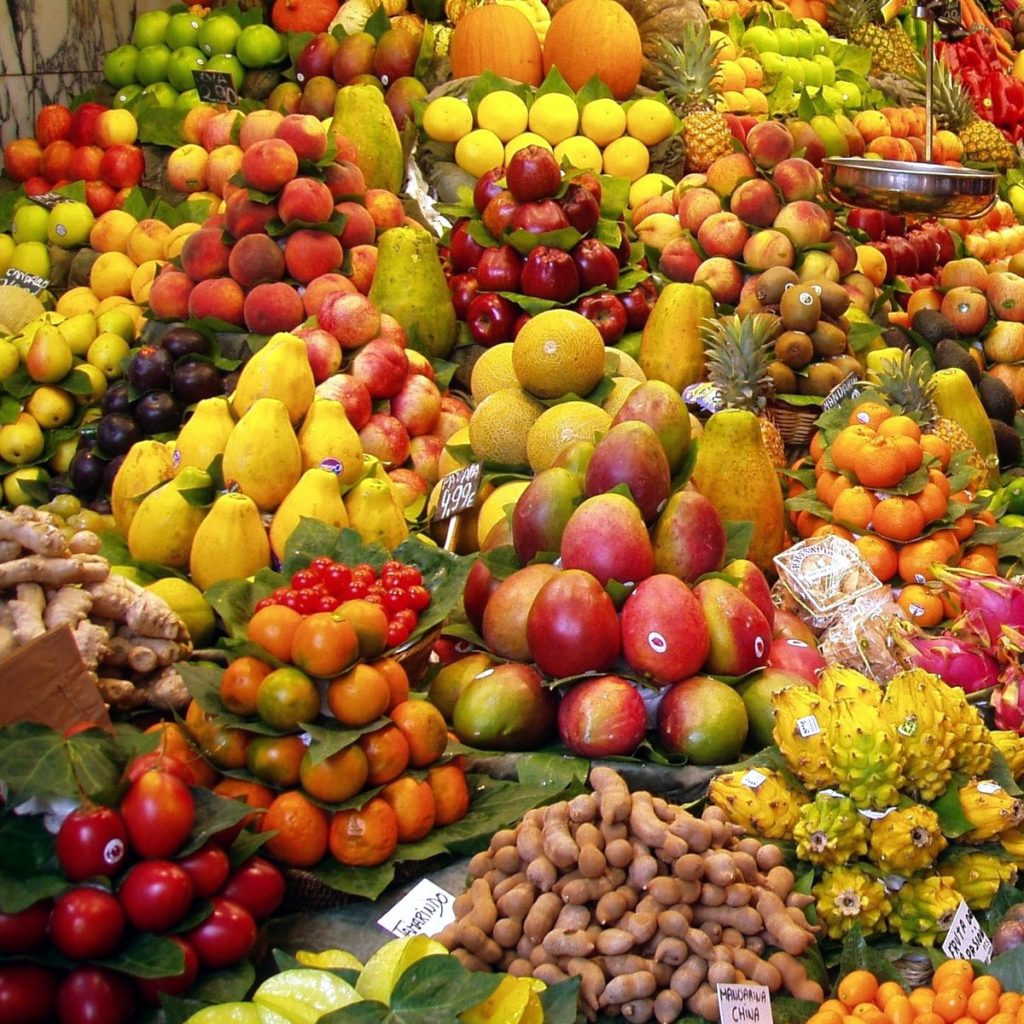
Humans are drawn to sweet food as we are primates and evolved from eating fruit. It’s ingrained in our biology to have a sweet tooth.
The sweeter the fruit the more sugar and energy making it vital for survival in previous times.
To sweeten your food naturally, use sweeteners such as date or make a date syrup. All of my sweet plant-based recipes use sweeteners that are not highly refined so add some nutrition, fibre, slower released sugars along with the sweetness.
2. Salty
Pink Himalayan salt, seaweed, olives, fleur de sel
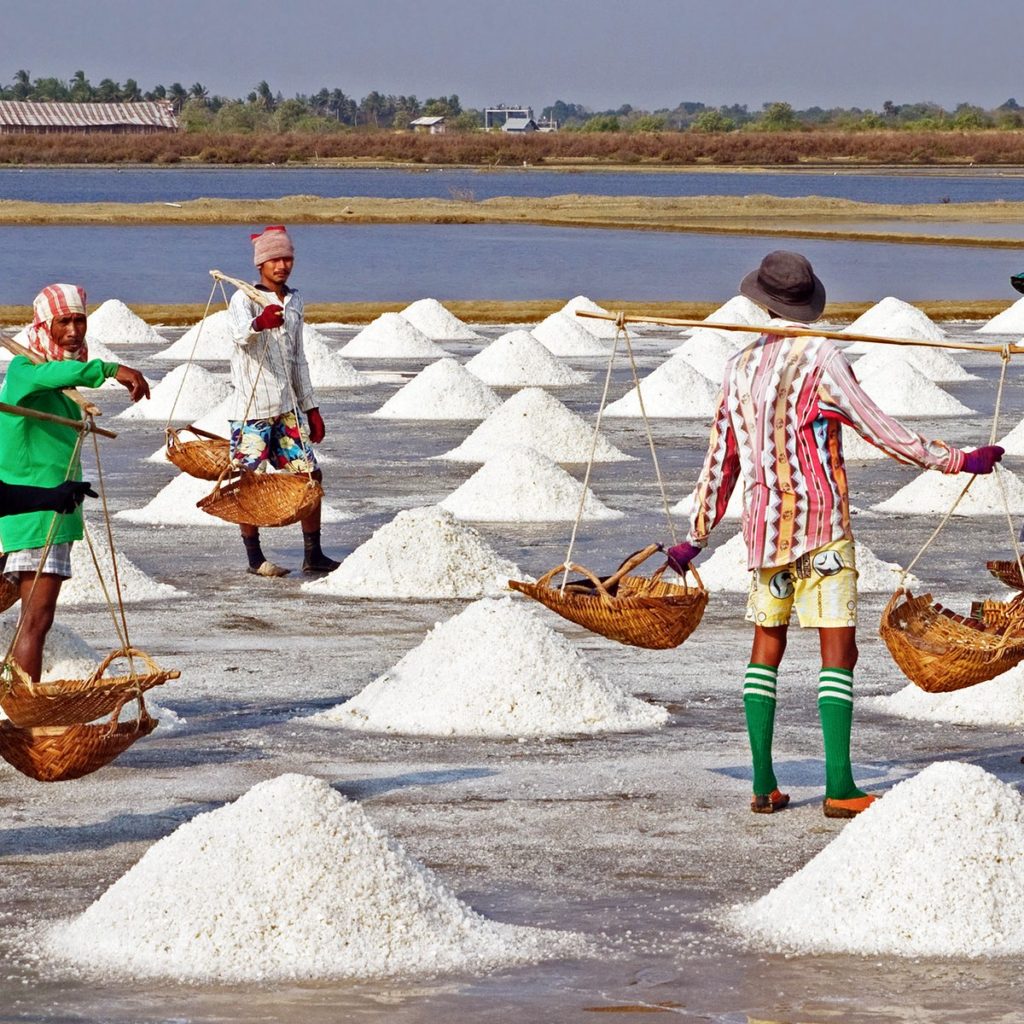
Just like sweet our bodies like salt as it necessary for survival and naturally can be difficult to get enough for the human body to function correctly.
The vast majority of adults have too much salt in their diet, however 90% of this sodium is from ultra-processed junk foods.
If you just add a natural salt to your own home cooked food from scratch then you don’t need to feel guilty as salt is vital for many parts of the body including brain functionality and muscles. It’s not healthy to cut out salt altogether.
For health reasons choose a natural salt that unlike table salt contains nutrients rather than just pure refined sodium. Some sea salts can be high in plastic so choose a sea salt from a pristine area or a natural rock salt that was formed before pollution was a thing.
3. Sour
Lemon, vinegar, lime, yoghurt, pickles, cherries, sauerkraut
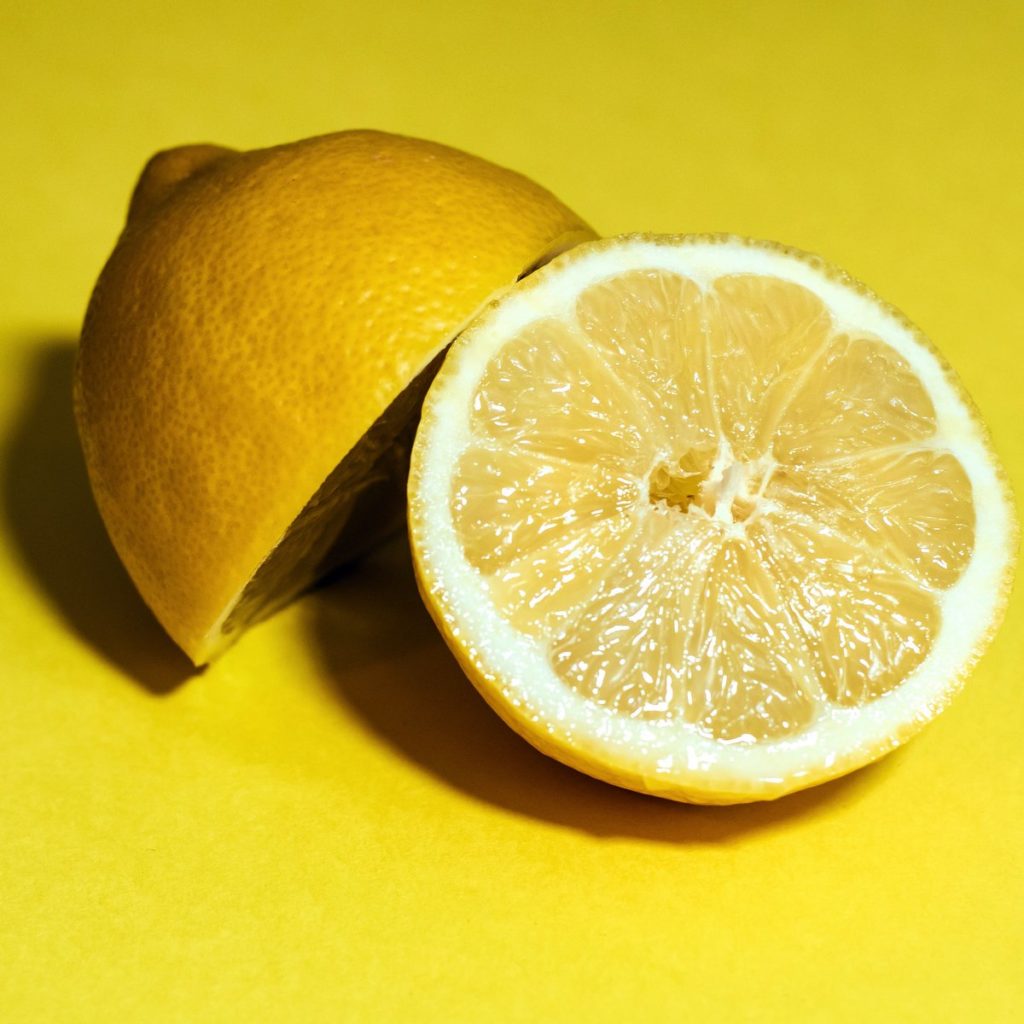
Something tastes sour when it’s high in acidic compounds. These compounds can either be naturally present like lemons or from fermentation like coconut yoghurt.
A little bit of something sour added to something sweet often balances it out to give a rounded flavour, like in lime mango sorbet, almond satay or just some pickles on your food.
4. Bitter
Tea, coffee, cacao, grapefruit, broccoli, lemon peel
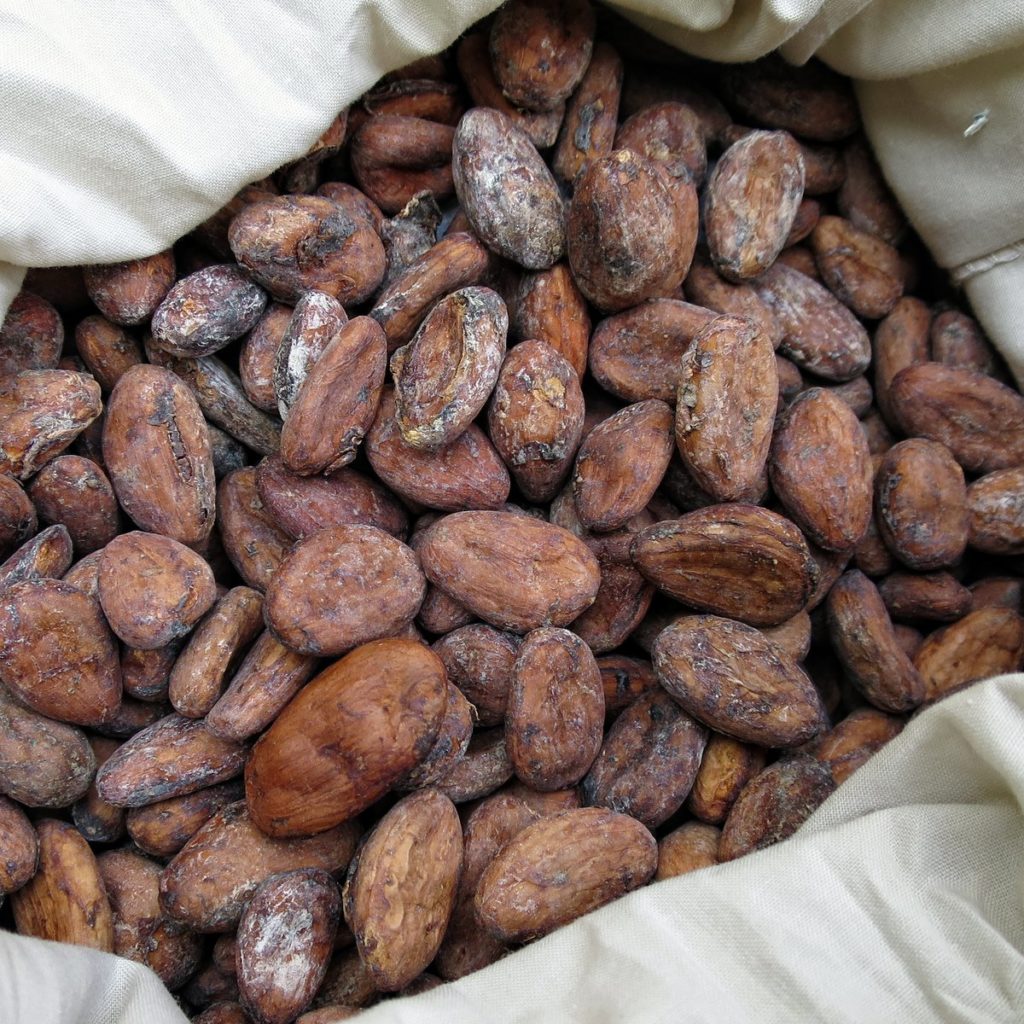
Bitter is an often overlooked taste in home cooking as on its own is very unpalatable. However, just a tiny bit of bitterness often balances out a flavour.
Citrus rind works so well in recipes to add more flavour from the oil-rich skin and balance it out with a touch of bitterness. See my recipe for raw chocolate orange brownies complete with orange rind shavings. Looking for a healthy chocolate treat then try this sour cherry chocolate balls recipe.
5. Umami
Miso, mushrooms, seaweed, tamari
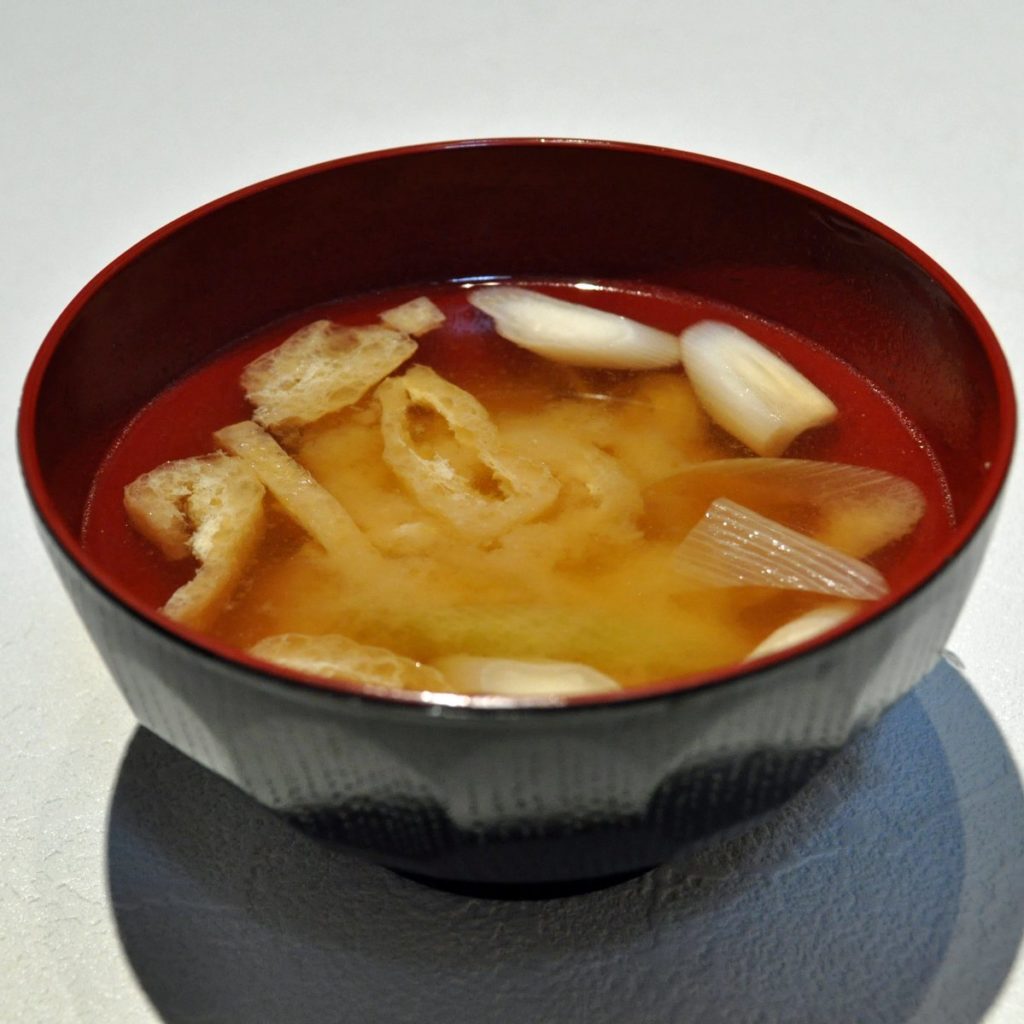
Umami is naturally present in foods such as mushrooms and seaweed. It’s also found in fermented foods such as miso and tamari. For health reasons, it’s best to consume umami in foods where it appears naturally to avoid consuming too much. Adding some mushrooms, miso or seaweed to your food will give that brothy taste naturally and at a safe amount.
You can get refined and concentrated forms of umami in the form of monosodium glutamate (MSG.) Although it’s said to be safe to eat MSG the huge amount of umami present acts as excitotoxins that overstimulate receptors and can be harmful. Many mass-produced savoury foods contain MSG (E621) as it makes bland food taste amazing.
The umami taste has been commonplace in western food like stocks, Worcestershire sauce and gravy for thousands of years.
6. Starchy Carbohydrates
Pasta, rice, bread, potatoes, quinoa, buckwheat
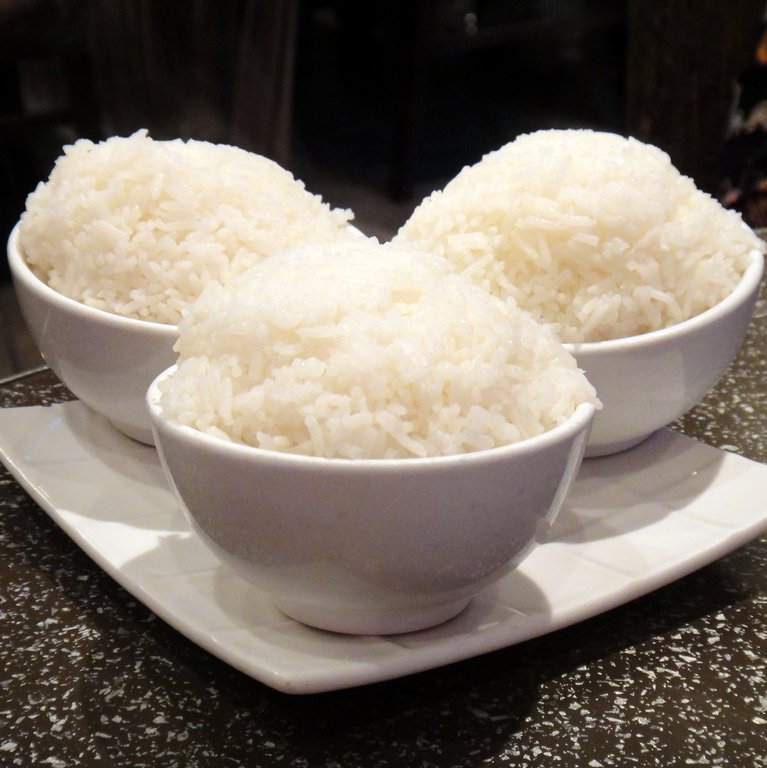
Anyone that has tried to go on a low carb diet knows how much the body craves the starchiness of rice, potatoes, pasta and similar carbohydrates. We have a recipe for zucchini noodles and as delicious as they are (in a creamy cashew tomato base), they don’t compare to traditional noodles but are a nice light dish.
In a study at Oregon State University, volunteers were given different starchy solutions and were able to detect a flour-like flavour even when the receptors for sweetness were blocked. Asian participants described it as rice like and Caucasians described it as bread like. This is the first piece of evidence that starch on its own could be a taste.
7. Metallically
Silver, basil, gold
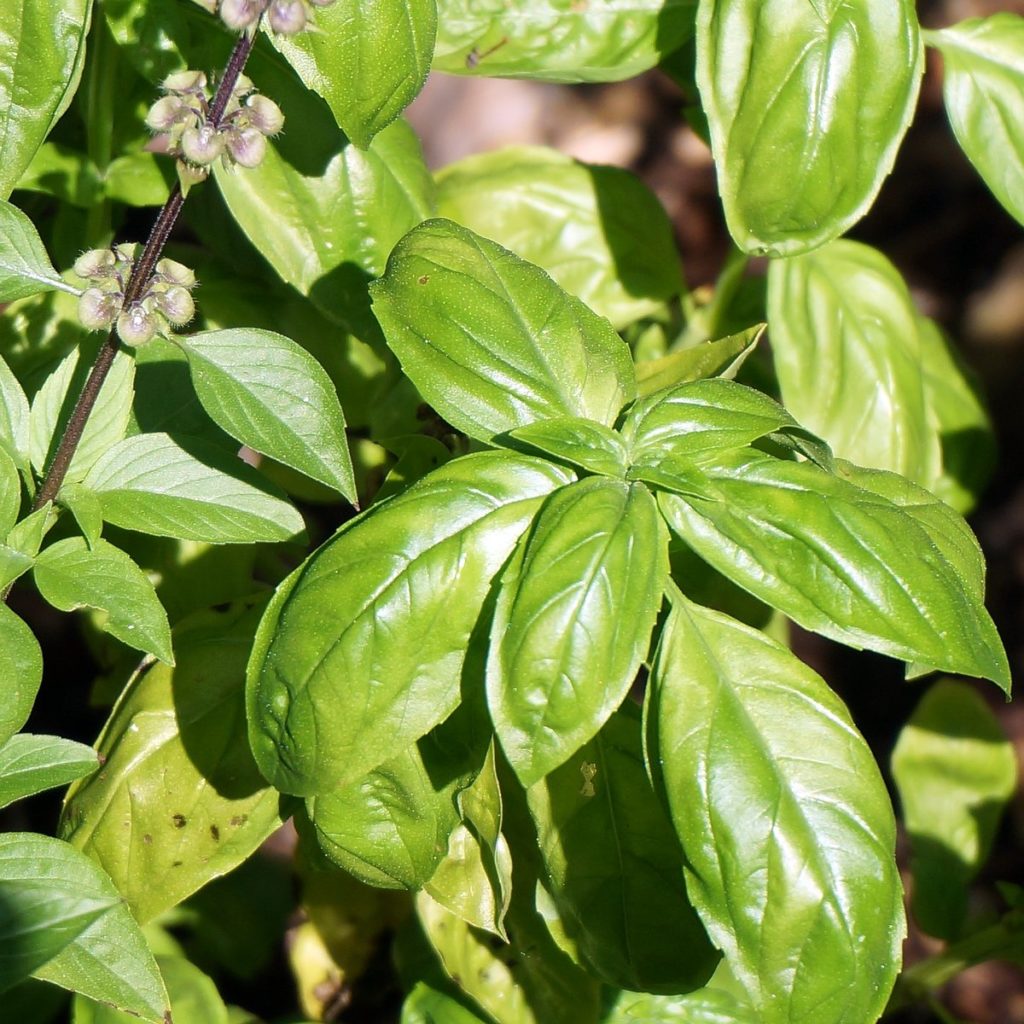
It might sound strange to lump silver and basil into the same category but hear me out. Basil does have a distinctive metallic taste; it’s not great tasting on its own but add some pine nuts, salt and olive oil to make pesto and it’s divine.
The taste of basil on your tongue isn’t too dissimilar to if you cut a copper coin in half and placed the freshly cut part on your tongue. This test proves that the metallic taste does exist.
In Indian sweets it’s commonplace to garnish with silver leaf. Many find this affects the taste. This metal taste could be down due to a sensation from a tiny amount of electrical current produced from the metal.
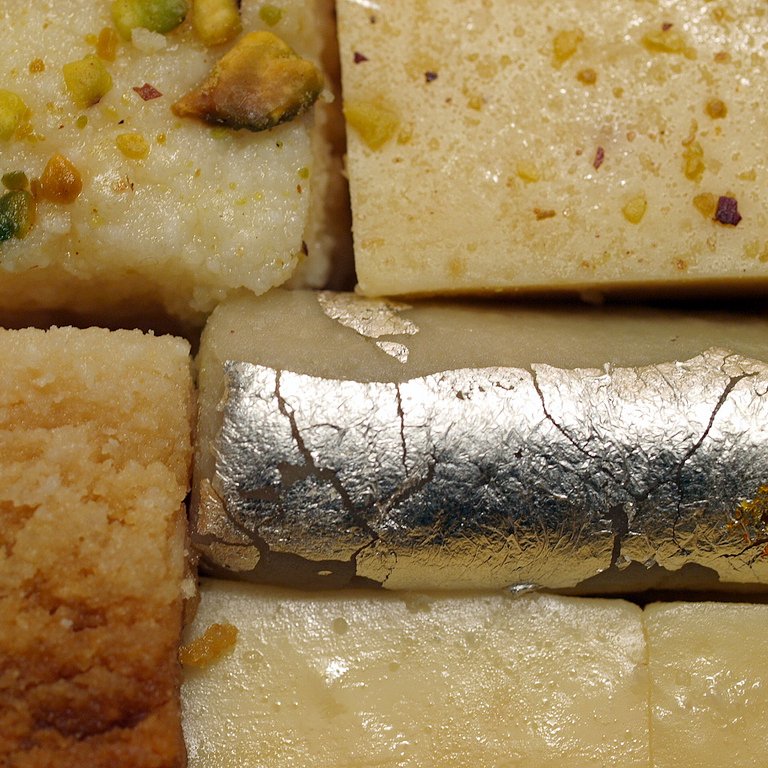
8. Spicy
Cayenne pepper, mustard, horseradish, ginger, scotch bonnet pepper, wasabi, Szechuan peppercorns
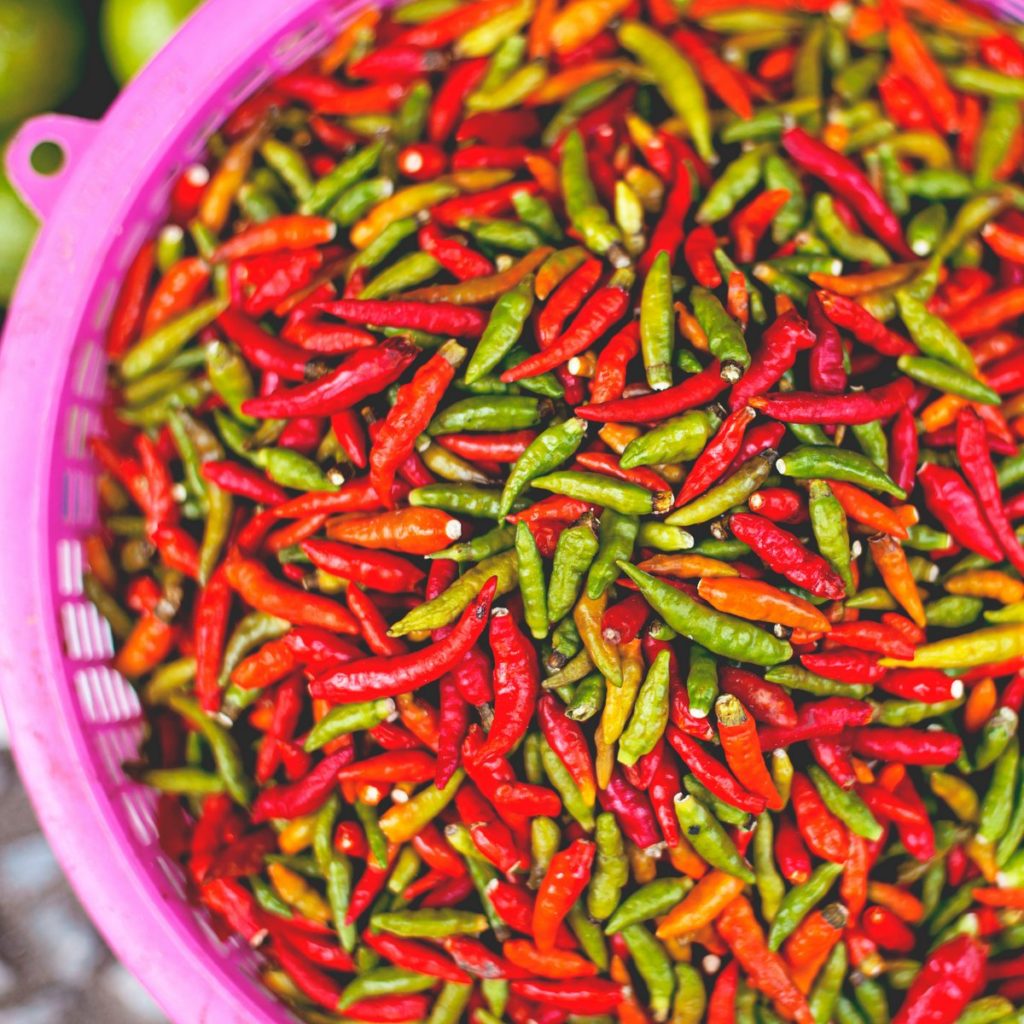
The burning sensation on your tongue from a spicy compound such as capsaicin in chilli peppers is a reaction from pain receptors.
Many Asain cultures consider spice a basic taste however not all scientists agree. The counter-argument against spicy being a taste is because the compounds activate touch rather than taste receptors.
Spicy as a taste is otherwise known as piquance, derived from the Frech word for prickly/hot.
9. Fatty
Cashews, olive oil, avocado, peanuts, durian, almond
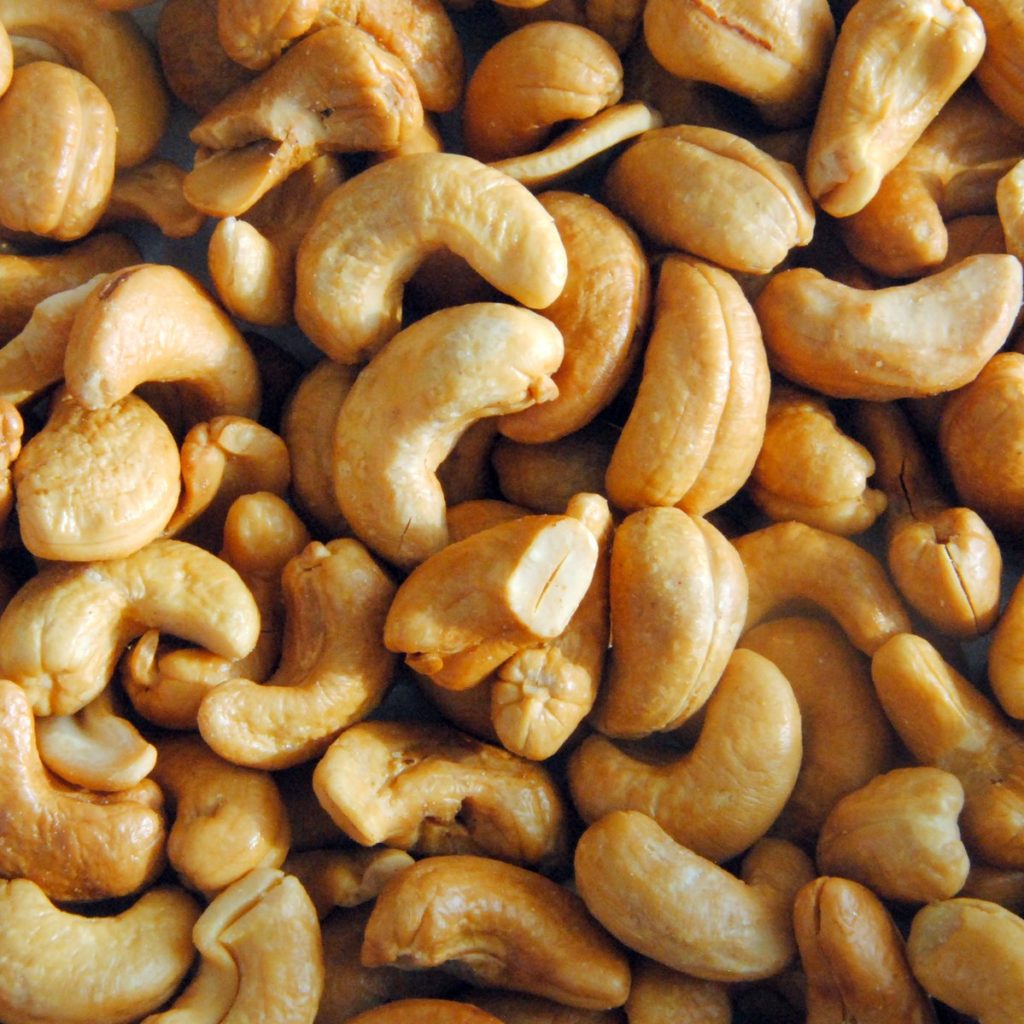
Fats enhance the flavour of food probably because our bodies are designed to seak out high calories for survival as throughout most of human history the biggest worry is starving to death. Our bodies take many thousands of years to evolve; now consuming enough calories isn’t a risk the vast majority of the people have anymore but our natural instincts haven’t changed.
A study published in the British Journal of Nutrition revealed that humans can taste fatty acids. It also showed that people with a higher sensitivity to fat ate less fatty and high calorie foods and were more likely to be a healthy weight.
As I produce healthy plant based recipes I don’t cook with oil but instead use natural raw high fatty foods and sometimes dress after cooking food with cold pressed oils. The nutrition is destroyed in oils and they become carcinogenic once heated. So for a healthy lifestyle it’s best to avoid any food with heated oil.
Durian is listed here as it’s unique in the world for being the only food that is a combination of sweet and fat. It’s often known of the king of fruit and has a pungent strong smell making it banned in some public spaces.
Oleogustus is known as the taste of fat.
Bonus Taste Contenders
It took many decades to convince most of the world there’s a 5th taste. Here are a few other possible human tastes where there needs more research to determine.
Kokumi
Yeast extract, slow cooked, aged foods
This Japanese word roughly translates to “mouthfulness”, “richness” and “heartiness” and has been propagated as a taste by the company that convinced the world of the 5th taste umami at the start of the millennium.
A study published in 2009 stating that compounds in certain foods like yeast extract and aged cheeses interact with the tounges taste receptors.
The resulting taste enhances the flavours in the mouth giving foods a richer and fuller taste. Kokumi maybe dependent on genetics or taste palettes as tests conducted showed westerners given foods high in kokumi couldn’t taste the difference.
Carbon Dioxide
Soda water, champagne, sparkling cider

Feeling CO2 bubbles on your tongue some consider it to be a touch rather than a taste sensation. There’s strong evidence that your taste buds can sense carbon dioxide due to an enzyme in humans.
Additionally, some altitude sickness drugs have the effect of blocking the carbon dioxide human enzyme carbonic anhydrase 4. Meaning that a bottle of beer or champagne to celebrate a climb often tastes flat and dull for people taking altitude sickness drugs.
Cool
Peppermint, menthol, xylitol
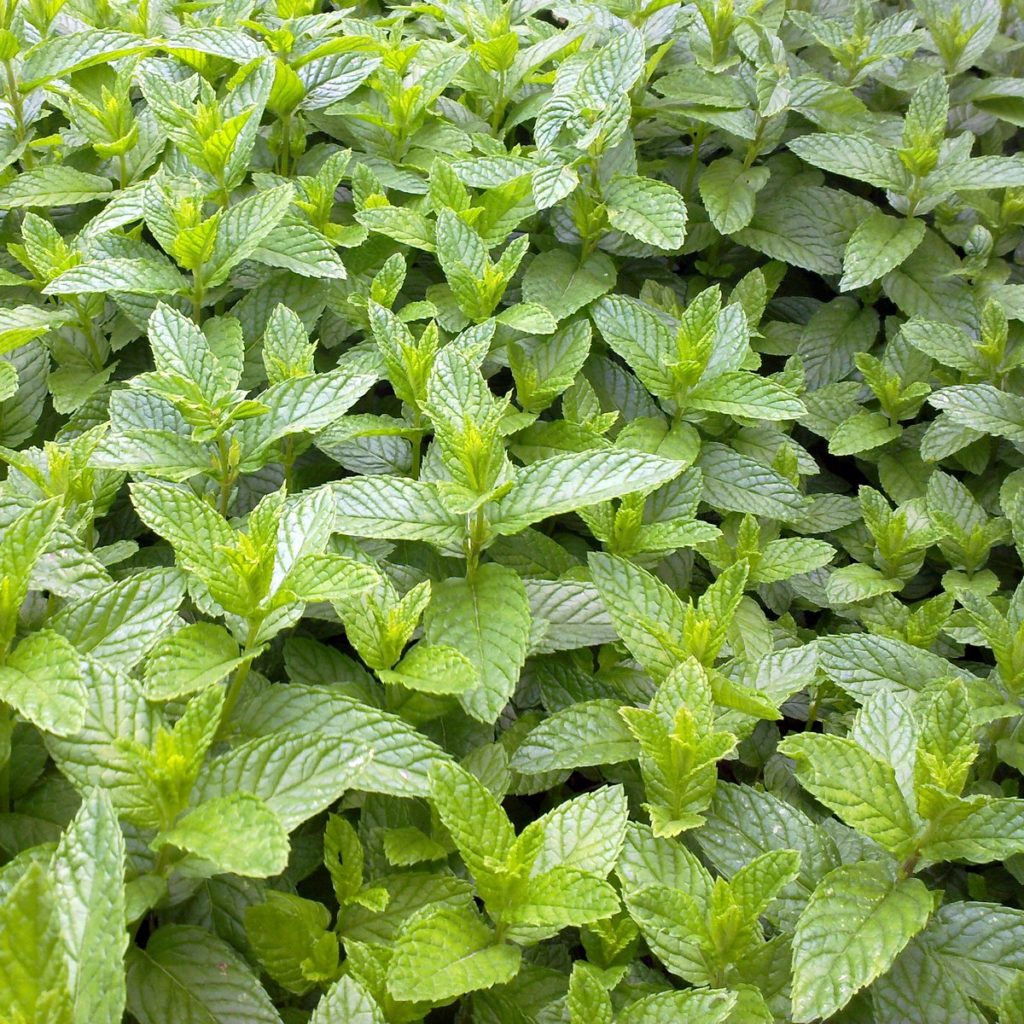
Certain foods such as peppermint taste cool in your mouth even at room temperature. This is almost the inverse to spicy as the touch receptors sense feeling cold.
Like spicy scientists can’t agree if this cool is a taste due to it technically being a reaction to touch receptors that seems to confuse the brain.
Calcium
This mineral is vital for human health for more than just strong bones. The heart requires calcium to function as does the blood clotting system.
Mice have been shown to have taste receptors for calcium so it’s possible humans do also.
It’s important to get enough calcium, not too much or too little. Most people don’t like the bitter chalky taste of calcium (think of spinach) so taste receptors maybe there to avoid consuming too much. In cows milk, the calcium can’t be tasted as it’s bound to the fat.
Final Words On Human Tastes
It’s difficult for scientists and foodies to come to an agreement over what is a taste and can be up to personal interpretation.
As much as I like to back points up with scientific studies with new thoughts or ideas they often aren’t available. Who is going to spend millions determining if metal is indeed a taste? But it’s interesting to debate and contrast differing opinions of tastes across the earth.
One thing is certain; there are a lot more tastes than the basic 4 or 5 that most people know. This list could have hundreds of possible entries in a few years.
What do you think of this list? Are there any other tastes you recognise that are missing?

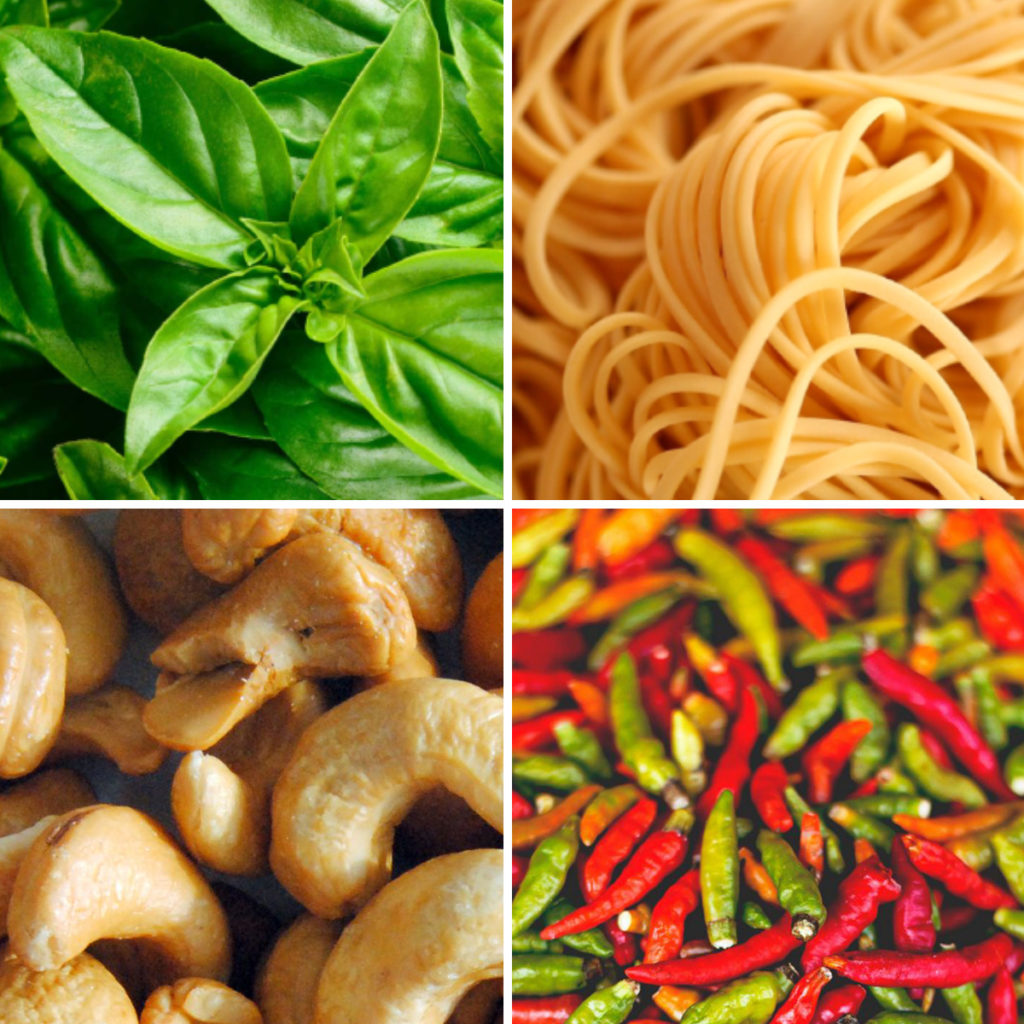
Donna E Grace
Hey, blank comment – did you mean to ask a question?
EXCELLENT ARTICLE. WOULD LIKE TO SEE THE YOUR REFERENCES CITED FOR FURTHER READING. THANK YOU, I ENJOY YOUR PAGE.